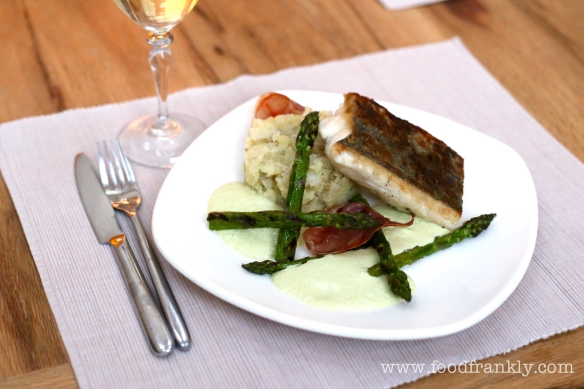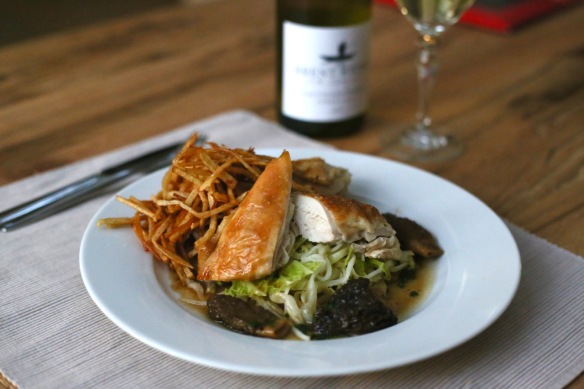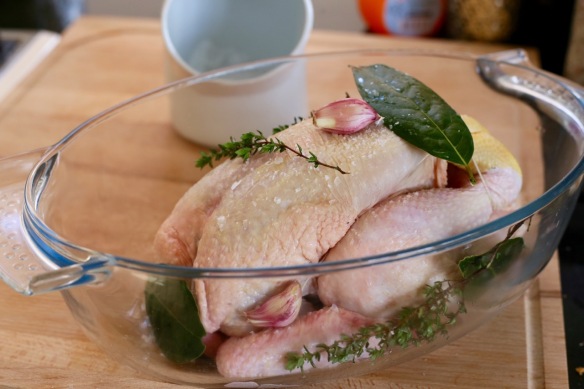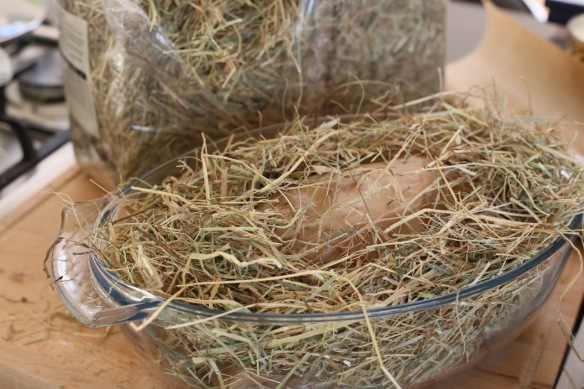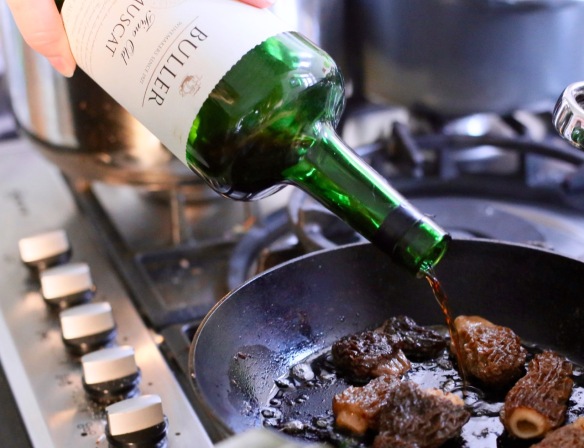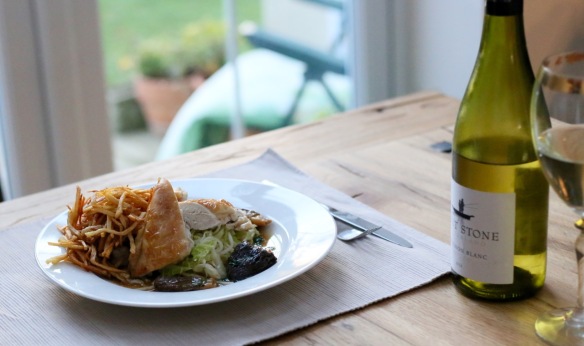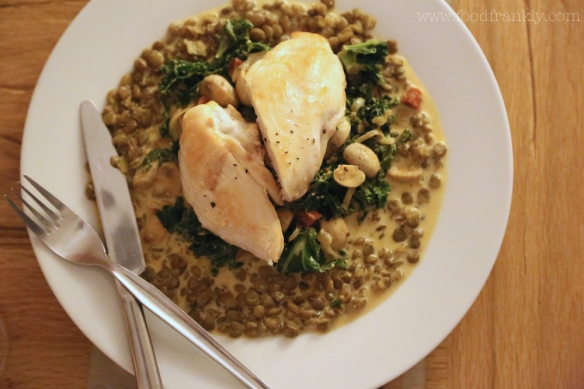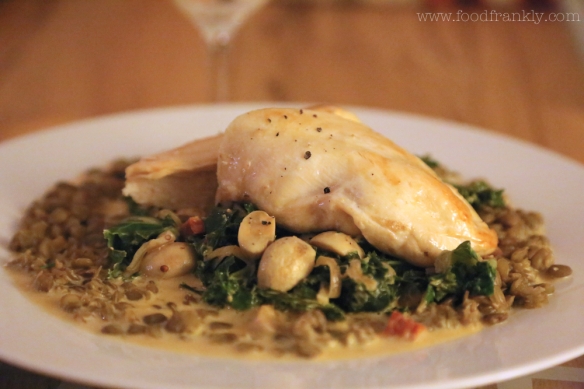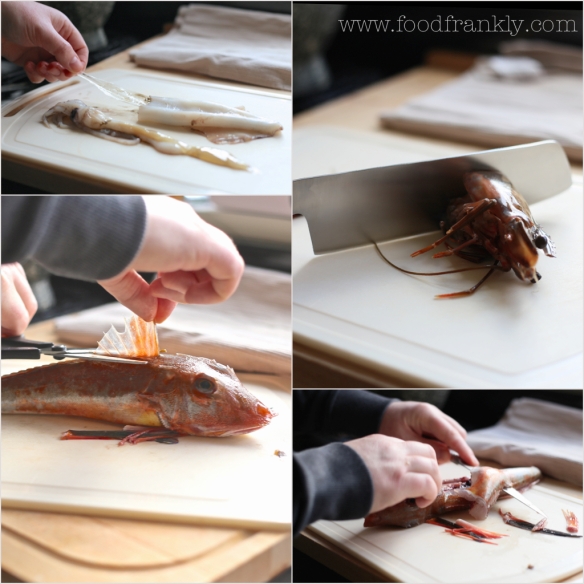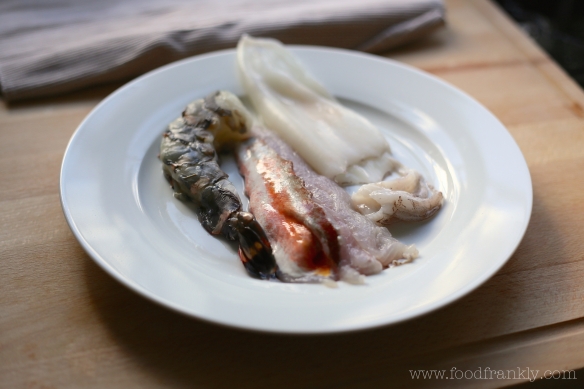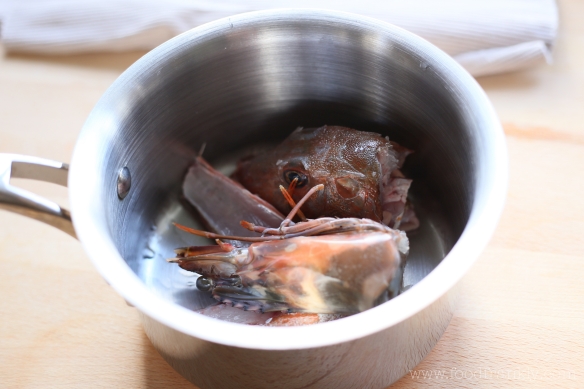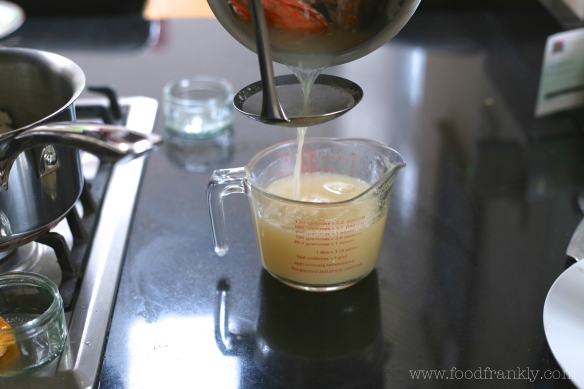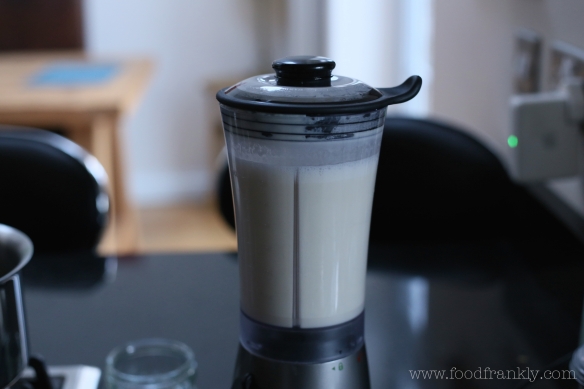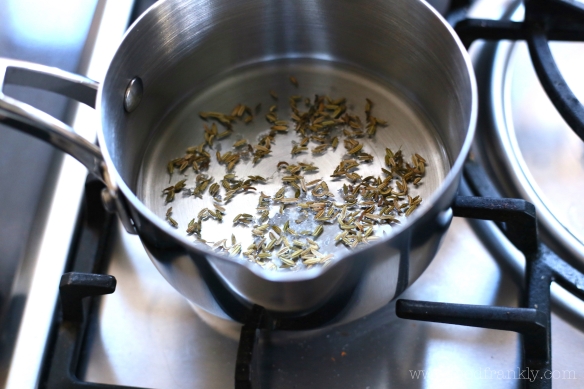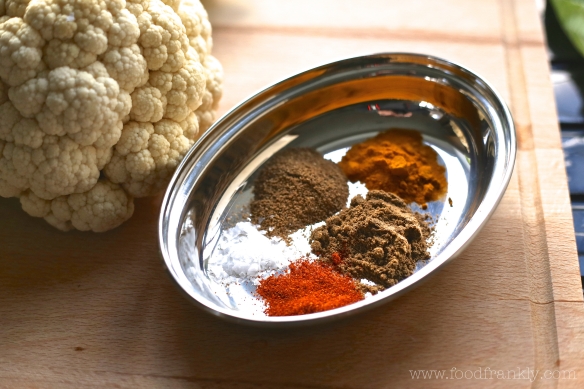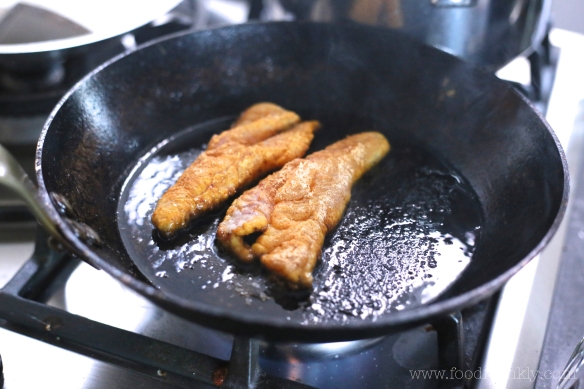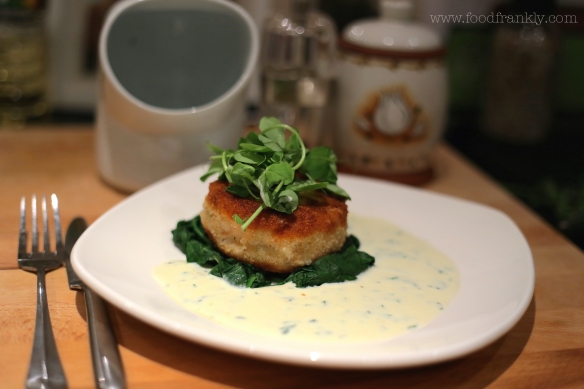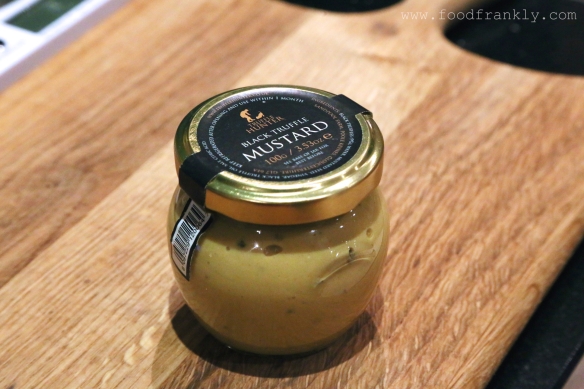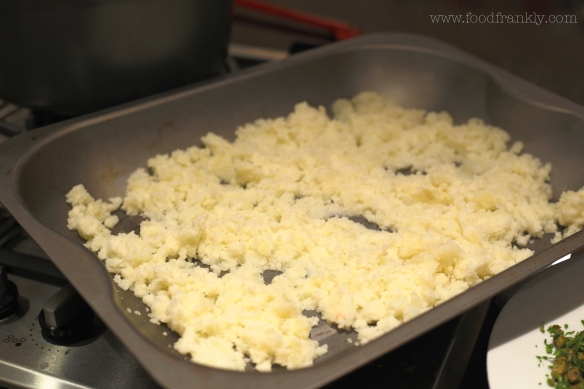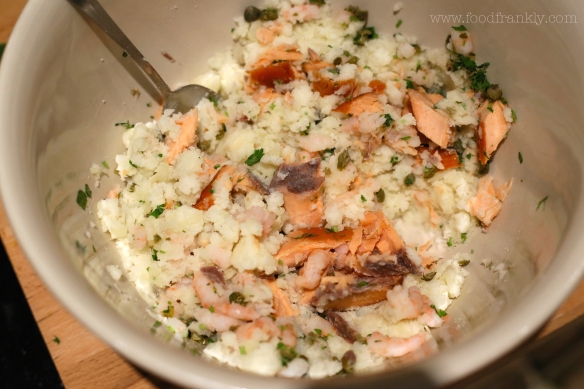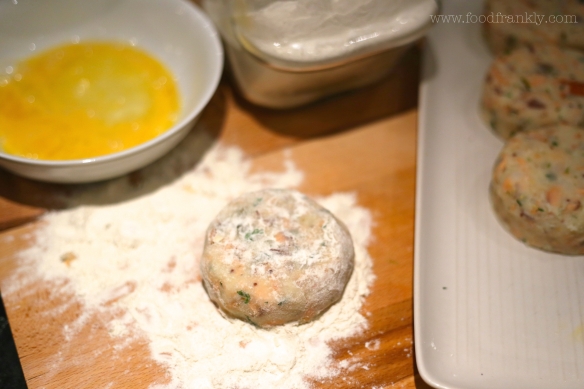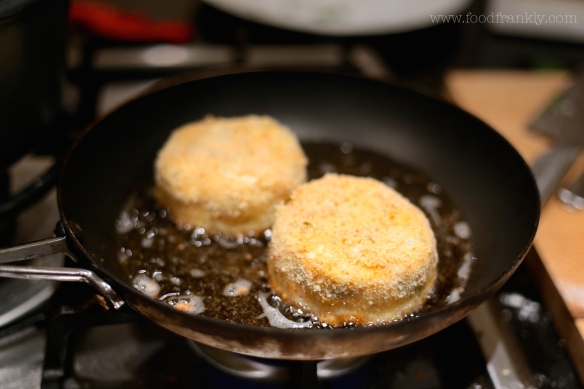Well now, it’s been a while and dear Lord the world is a rather different place since I last posted! I can only conclude that recent events must be down to by absence and so for the sake of saving my own country from itself and the rest of the world from ecological disaster, I though I’d better start again. It’s bold claim I know, but I’ve never been one to shy away from a challenge.
That, and the fact my eldest found my blog and wanted in on the action.
I still cook but it’s become a little more functional in recent years. The days of roaming the markets looking for za’atar and imported nam pla a distant memory, but I had my youngest eating lobster claw the other day (I know, get us), so I live in hope they are coming around to my way of thinking.
And so, in an attempt to bring them further onboard the foodie train by dangling the carrot of getting on them on the internet, I made this ridiculously simple, totally inauthentic (if it ever was thus) Chow Mein.
Ready in minutes and using just a wok, this is a kids’ friendly version that can be squeezed in between Brownies/Rainbows/Ballet/Swimming or what ever else sits between the little angels and a decent meal. Enjoy!
Tailor it for the adults, as I did, by adding in Lao Gan Ma black bean and chilli sauce once the kids portions have been plated up for an umami overload….
2 small onions, sliced.
2 garlic cloves, thinly sliced.
1 large or 2 small carrots in thin batons
2 handfuls of frozen peas, thawed
2 handfuls of chopped ham or bacon
1 chicken breast, thinly sliced
1 packet of noodle (4 nests)
Light Soy 2 tbsp
Dark Soy 2 tbsp (or to taste)
Pinch of sugar (optional)
Oil
Cook the noodle in slightly salted water, until just done, rinse and chill in cold water.

Prep all the ingredients. My able assistant Dem is demonstrating here…

Fry all the ingredients except the soy sauces and peas and fry in a smoking hot wok with about 3 tbsp of oil until the chicken is done. Add the peas, the soy sauces and the sugar if using and fry for a couple more minutes.

Remove, wipe down the wok and fry the noodles in the same amount of oil. After a few minutes add the meat and vegetables back and taste. Season with more soy if needed.

At this point I plated it up for the kids and added some of the black bean chilli sauce for a real kick. Delicious.



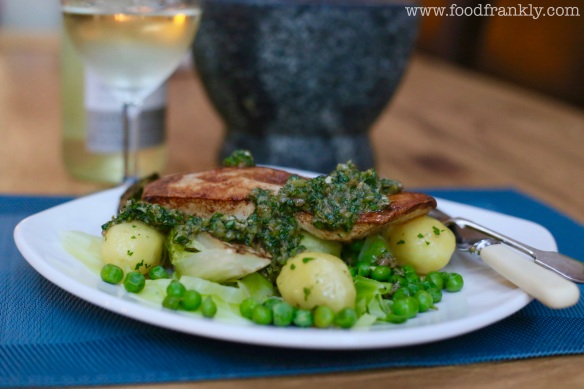
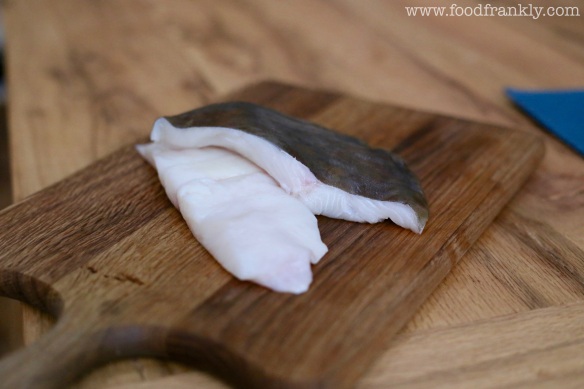

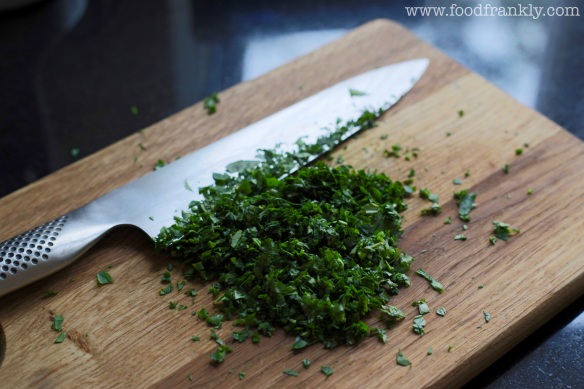
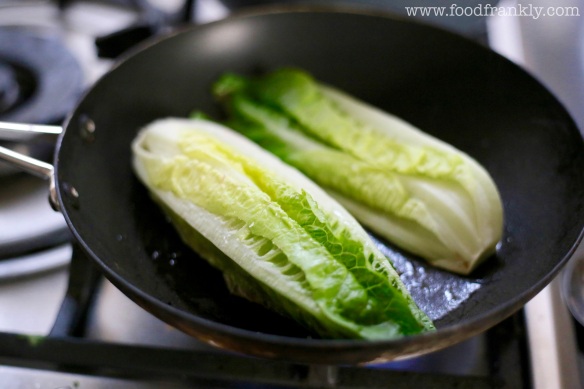

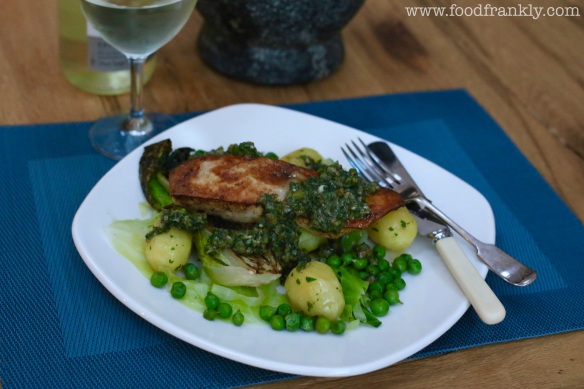

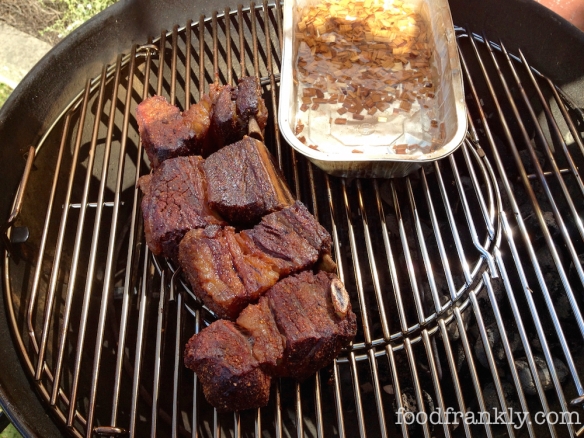
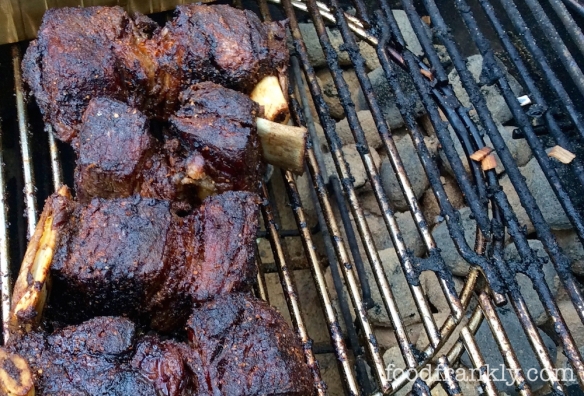
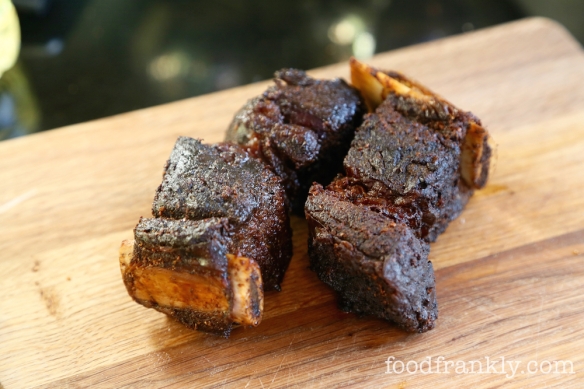

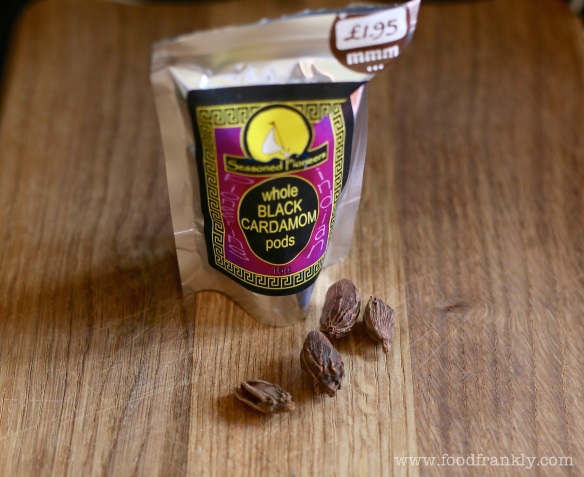
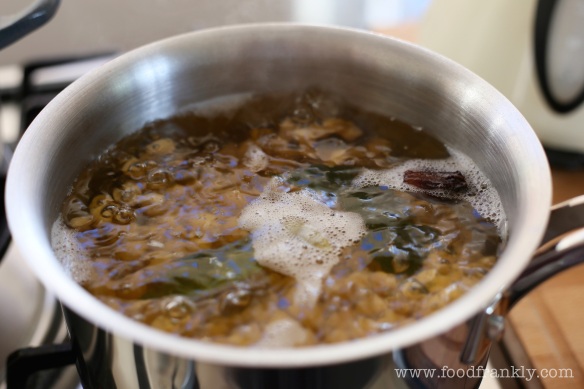

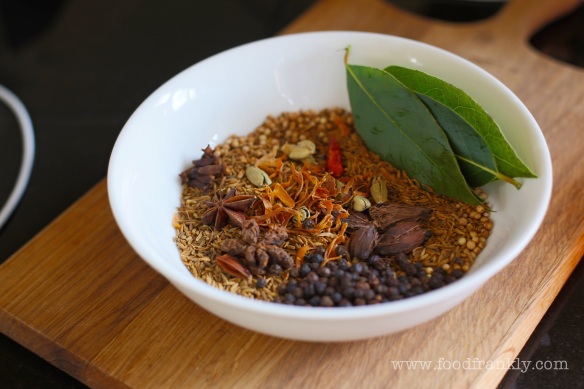

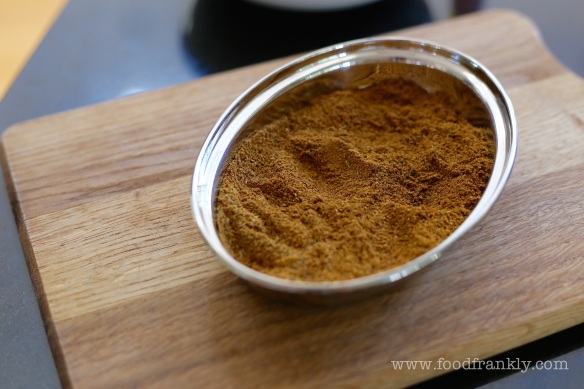




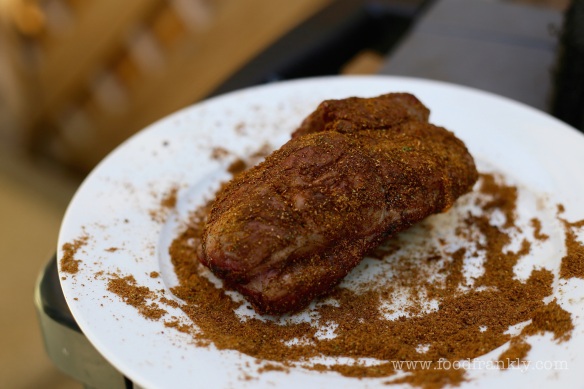
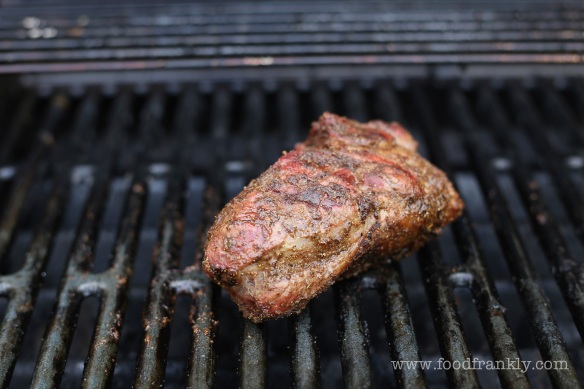

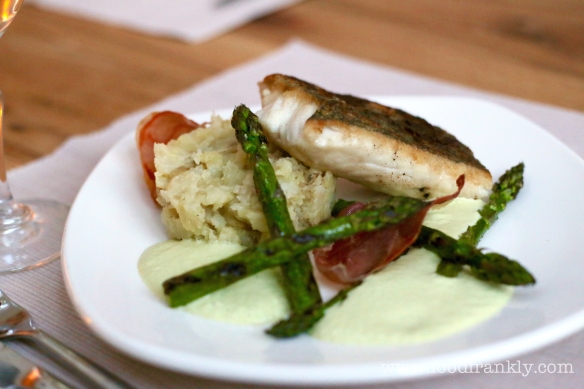
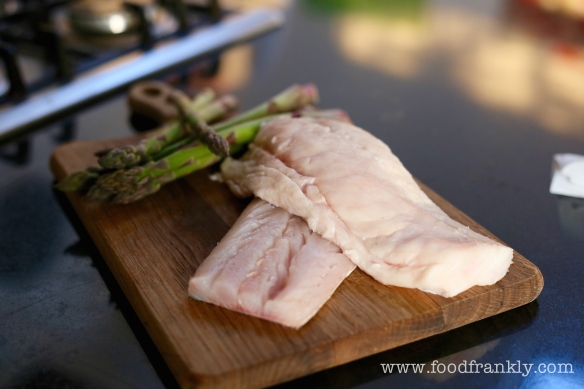
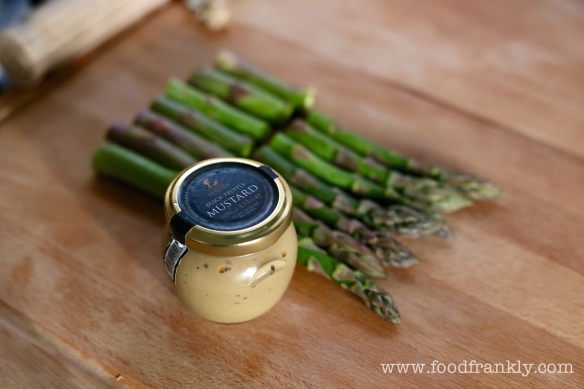 I’m sure you could make it a little more virtuous, by removing the butter, but where’s the fun in that?
I’m sure you could make it a little more virtuous, by removing the butter, but where’s the fun in that?


